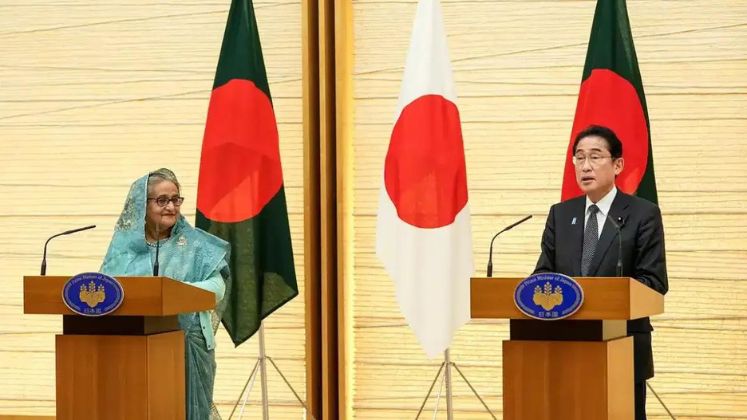
Bangladesh and Japan, with the latter which is fast emerging as one of the most exciting non-traditional apparel export destinations for the former, have announced their intention to initiate formal negotiations for the signing of an Economic Partnership Agreement (EPA) within the current year even as they underlined the guidelines for these negotiations are set to be finalised soon.
To kickstart these negotiations, Senior Commerce Secretary Tapan Kanti Ghosh was said to be departing for Japan with the objective of finalising the necessary documentation. It is anticipated that this EPA will be implemented prior to 2026, coinciding with Bangladesh’s graduation from the group of least developed countries (LDC).
Both countries will collaborate on a comprehensive study of the EPA, subject to scrutiny by both parties. Bangladesh’s primary focus in this study revolves around securing market access to Japan and attracting Japanese investments in high-tech industries within its borders.
Additionally, Senior Secretary Ghosh has a series of meetings scheduled with senior officials from Japan’s Ministry of Economy, Trade and Industry, the Ministry of Foreign Affairs, Japan International Cooperation Agency (JICA), and Japan External Trade Organisation (JETRO) to advance discussions on this matter.
Earlier in April this year, a memorandum of understanding regarding the proposed EPA was signed during Prime Minister Sheikh Hasina’s visit to Japan. This EPA encompasses not only tariff-related matters but also addresses critical components such as trade, investment, and services.
One of Bangladesh’s primary objectives with this EPA is to secure zero-duty benefits for the export of garments, leather and leather goods, electronics, and other products. This is driven by the fact that Bangladesh’s export portfolio is comparatively limited in comparison to Japan’s diversified range of products. Additionally, Bangladesh aims to eliminate the average 18 per cent duty applied to all shipments to Japan.






